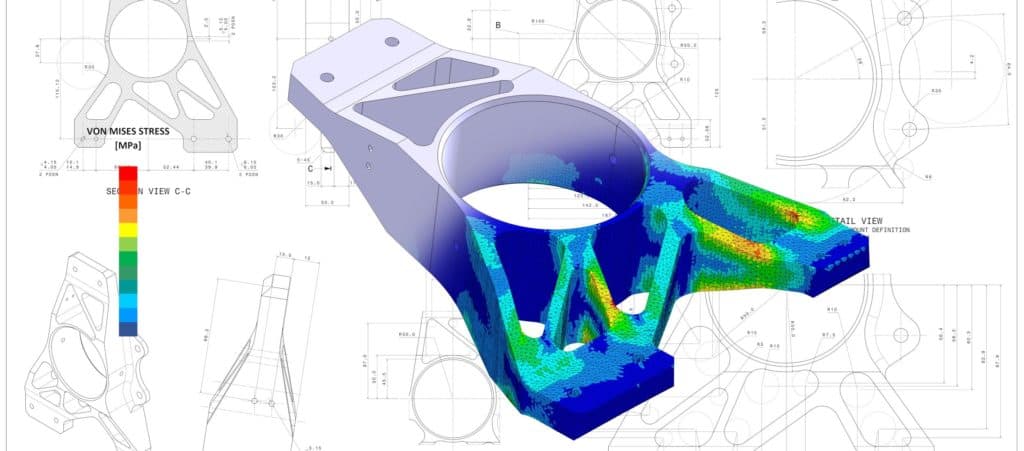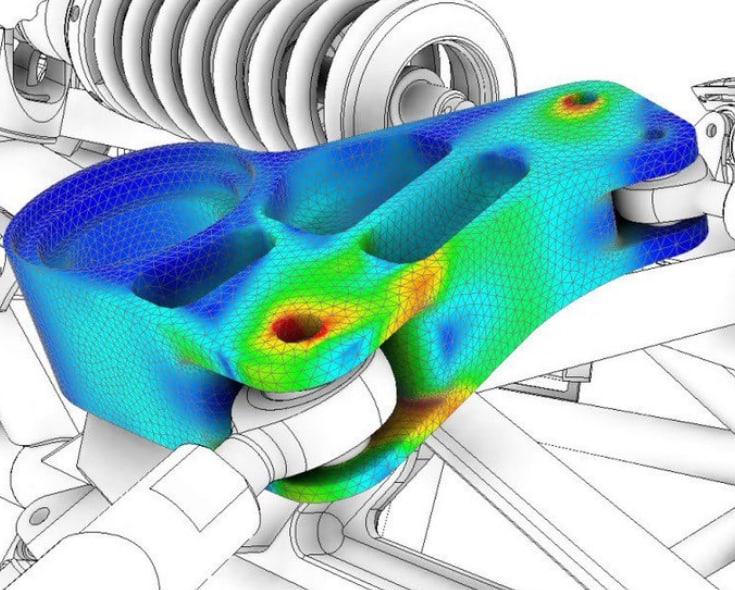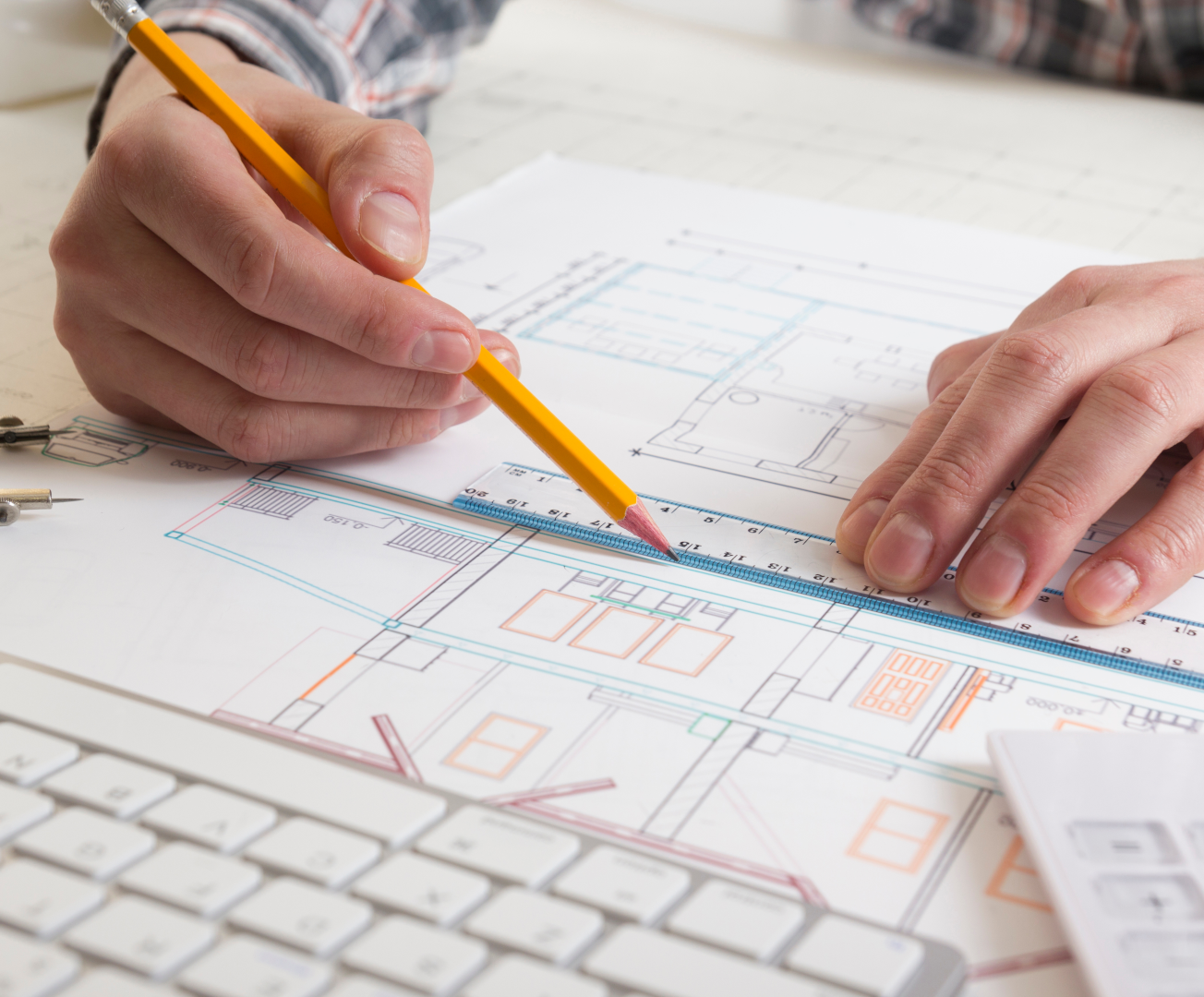In Part I of this series, we shared the first four reasons simulation is no longer a luxury:
- Simulation early and often = data-driven design
- Simulation leads to an efficient design cycle
- Simulation allows you to get it right the first time
- Simulation leads to the four Cs of product development
Simulation allows for a faster design process that leaves little to chance, solving design problems before they would normally arise during prototype testing. Let us take a look at the other four reasons simulation is no longer a luxury:
5. Simulation Answers a Variety of Questions
One of the many benefits of simulation is that many necessary questions are answered before a product is prototyped. This makes design changes easier, making the design process cost-effective. Below are a few questions to ask before performing any simulation:
- Will the design meet the performance requirement?
- Will the design meet reliability requirements?
- Will the design meet quality requirements?
- What, if any, are the environmental concerns?
- How are we going to produce the design?
- How much will it cost?
- Is the design safe?
Most of the time simulation results show answers to these questions (or others). When we know the answers to the questions this allows for the opportunity to quickly find design solutions and re-stimulate as needed without having to invest more time and resources as compared to the amount of time and resources needed to produce and test many prototypes in order to find and solve all the design and reliability issues.
6. Simulation Will Lead You in New Directions
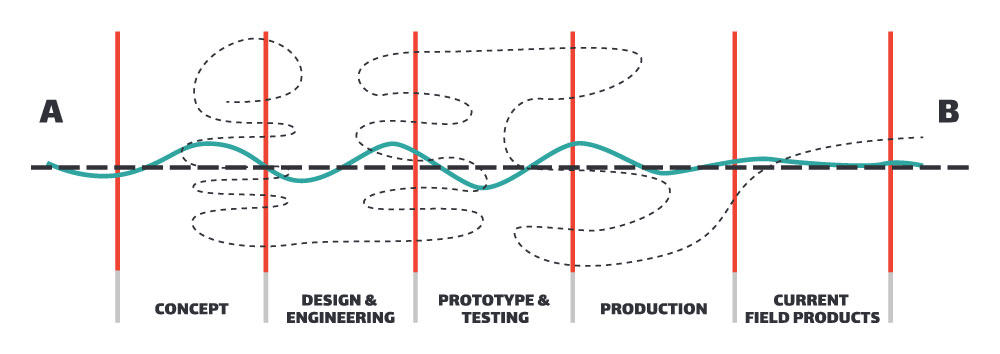
Product development and engineering projects in general are not linear processes. The more data you collect — including that from simulation — the closer you will get to a successful design and outcome. However, each new dataset may lead you in a different direction, sometimes moving forward and sometimes moving backward. Luckily, data collection via simulation or other means in the beginning stages of a project is more time and cost-efficient than physical testing or even worse having a failed design..
7. Simulation Reduces the Cost of Change
How is all of this even possible? Tech-Clarity found that using simulation results in 51% fewer prototypes. Some may see this is a sign that simulation does not lead to the right design the first time, every time. Is it crazy to believe that you must have a prototype? For us, that is a YES. A physical prototype and testing mean having confirmation that the design can be manufactured, and functions as intended. There are always unknown unknowns that a physical test can reveal.
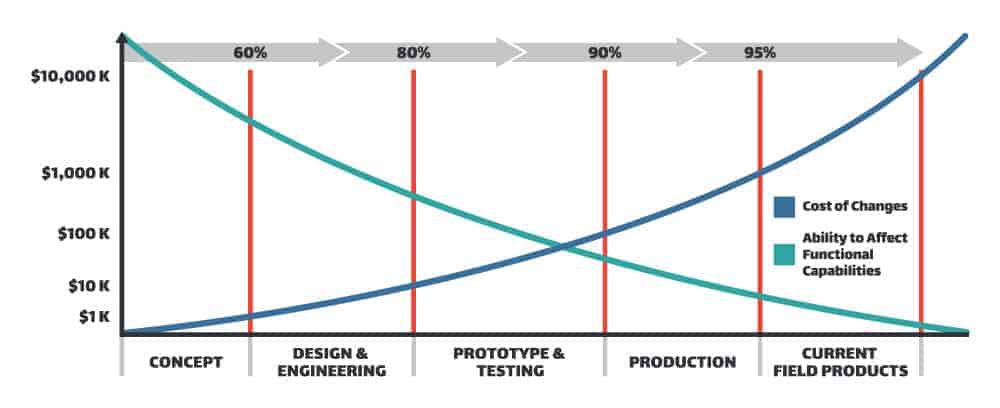
The further along you get into the product development process, the more costly and time-consuming it is to make changes. Simulation allows you to make changes in the concept phase or design and engineering phase when it is cost-effective. It is during these phases that it is easier and more cost-effective to affect the design and capabilities than when you build and test a prototype or even worse during production or having a recall of a released product.
8. Simulation Allows you to combine Good Design with Efficient Manufacturing
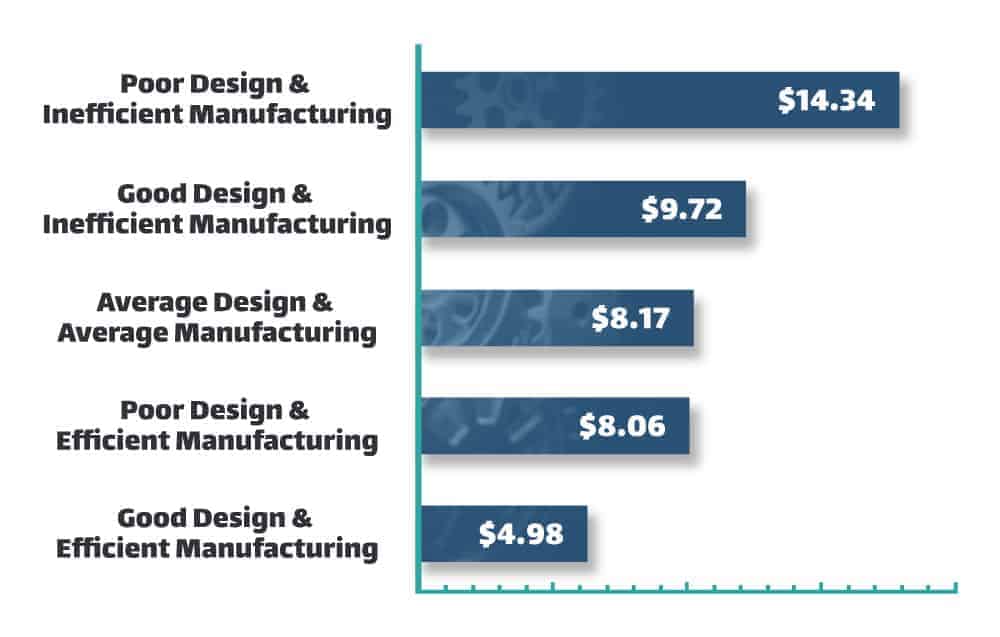
The better the design, the lower the cost. Another reason simulation is no longer a luxury. The more design iterations you can simulate, the more likely you are to find the design with the lowest total cost. Then when you add in today’s cloud computing capabilities you can run multiple designs in parallel, it really takes less time to run a simulation, than it does to perform physical testing, so you’re saving a lot of time and money — a win-win.
Conclusion
When you take all the above reasons into consideration, it seems problematic to move forward with most engineering projects or product development without simulation. It is a vital process in today’s industry if you want to get it right the first time!
Simulation is no longer a luxury: it is indispensable.

